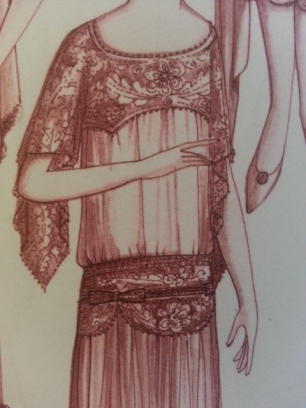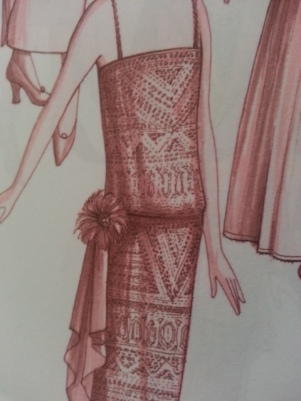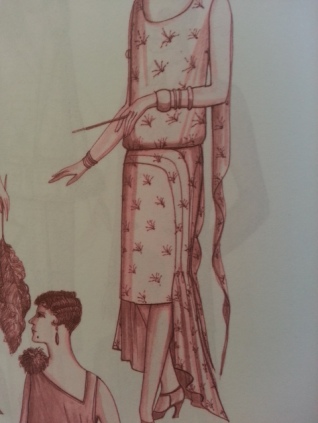Beautiful coordinated and accessorized outfits were a feature of 1920’s ladies fashions. Hats, shoes, stockings, handbags, dresses and jewelry all came together in perfect harmony to create a unique and elegant style that can only be appreciated when seen in real-life or in color illustrations. The vibrancy is lost in black and white photographs that typically showcase the era.
The 1920s in North America, it is frequently referred to as the Roaring Twenties or the Jazz Age, while in Europe the period is sometimes referred to as the “Golden Age Twenties because of the economic boom following World War I. French speakers refer to the period as the “années folles” (“Crazy Years”), emphasizing the era’s social, artistic, and cultural dynamism.
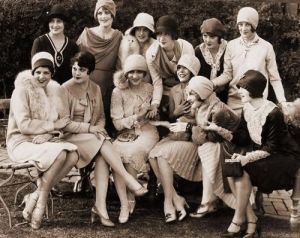
Youth culture of The Lost Generation is marked by flappers, the Charleston, and the bob cut haircut.
In american literature the Lost Generation (which characterized disillusionment), was the name Gertrude Stein gave to American writers, poets, and artists living in Europe during the 1920s. Famous members of the Lost Generation include Cole Porter,Gerald Murphy, Patrick Henry Bruce, Waldo Peirce, Ernest Hemingway, F. Scott Fitzgerald, Zelda Fitzgerald, Ezra Pound, John Dos Passos, and Sherwood Anderson.
The Roaring Twenties brought about several novel and highly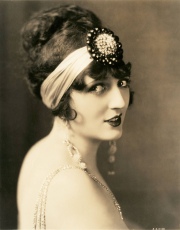 visible social and cultural trends with the big music trend of the Charleston. These trends, made possible by sustained economic prosperity, were most visible in major cities like New York, Chicago, Paris, Berlin and London where jazz blossomed, and Art Deco peaked. For women, knee-length skirts and dresses became socially acceptable, as did bobbed hair with a marcel wave. The women who pioneered these trends were frequently referred to as flappers.
visible social and cultural trends with the big music trend of the Charleston. These trends, made possible by sustained economic prosperity, were most visible in major cities like New York, Chicago, Paris, Berlin and London where jazz blossomed, and Art Deco peaked. For women, knee-length skirts and dresses became socially acceptable, as did bobbed hair with a marcel wave. The women who pioneered these trends were frequently referred to as flappers.
The Roaring Twenties redefined womanhood — a new woman evolved; it became more acceptable to smoke and drink in public, closer body contact in dancing, shorter hair, make-up, different styles of dress, and greater participation in the workforce – all contributed to the new woman.
The Fashionable woman of the 1920S wanted to look youthful, like an
androgynous schoolboy or a pubescent schoolgirl, flat-chested and hipless; at the same time she wanted independence and freedom. 1920’s Dresses were lighter (due to less material and new synthetic fabrics) and brighter and shorter than ever before. Fashion designers played with fabric colors, textures and patterns to create totally new styles of dress.
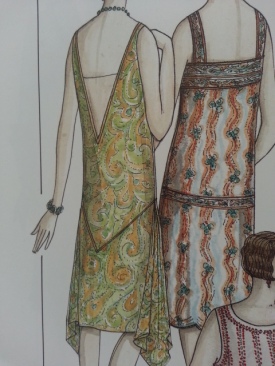
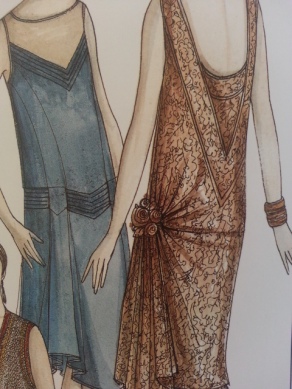
These facts forced changes in fashion. The result was radical. The corseted woman of the previous decade, with her hobble skirts and huge hats was compared to the old world.
The designed proportions of what was considered to be the perfect fashionable female body evolved from elaborately trimmed dress with its high waist position and ankle-length skirt, at the beginning of the period, to the simple sparsely decorated, shapeless tube with a hip-level “waist line” and a skirt barely covering the knee at the decade’s end.
At the same time new fabrics became available, such as kasha, a soft and extremely supple flannel made from mixture of wool and goat har, art silk an easily washed artificial material made from rayon, flamingo, a silk and wool mix with the fashionable crêpe look, satin doubleface, with satin on one side and moiré on the other, and wool, silk, cotton jersey. Coloured and patterned, this last fabric became a favorite of Coco Chanel.
Source from internet, Wikipedia, The complete fashion sourcebook and 20th Century of fashion from John Peacock, http://www.1920-30.com/fashion/


